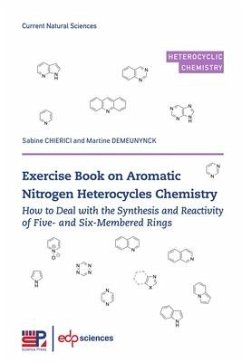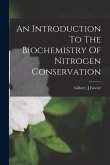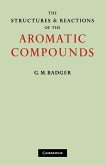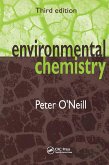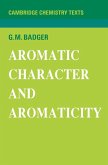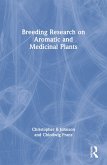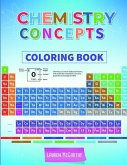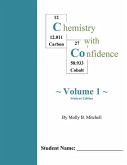Heterocyclic chemistry is one of the largest branches of chemistry. Heterocycles play major roles in important fields such as medicinal and pharmaceutical chemistries, agrochemicals or polymers. A good understanding of the comparative reactivity of simple five- and six-membered rings, i.e. pyrrole vs pyridine type rings, makes it possible to approach or predict the reactivity of more complex heterocycles. This book is a compilation of exercises, mostly adapted from published works. For more clarity we have chosen to limit ourselves to nitrogen containing heterocycles. The book is mainly aimed to Master students, but it will also be of interest for anyone who wants to train in this important field of synthetic chemistry. The book is organized in five sections. In the first chapter, typical syntheses along with metal catalyzed pathways are presented. The two following chapters are devoted to the chemical reactivity of the six-membered (pyridine, quinoline, azines) and five-membered rings (pyrrole, indole, azoles). In these two chapters, the exercises of increasing difficulties focus on the main types of reactions, including electrophilic and nucleophilic aromatic substitutions, N-alkylation and N-arylation, lithiation and other organometallic reactions, and metal catalyzed cross-coupling reactions. In the fourth chapter, the principles discussed in the previous chapters will be applied to the chemistry of complex polycyclic heterocycles containing both five and six membered rings (pyrrolyl-pyridine, aza-indole, indolizine, purine). The exercise solutions are commented in a separate chapter at the end of the book. Basic notions of nomenclature are given in a short appendix, allowing students to find out a ring structure from its name.
Hinweis: Dieser Artikel kann nur an eine deutsche Lieferadresse ausgeliefert werden.
Hinweis: Dieser Artikel kann nur an eine deutsche Lieferadresse ausgeliefert werden.

